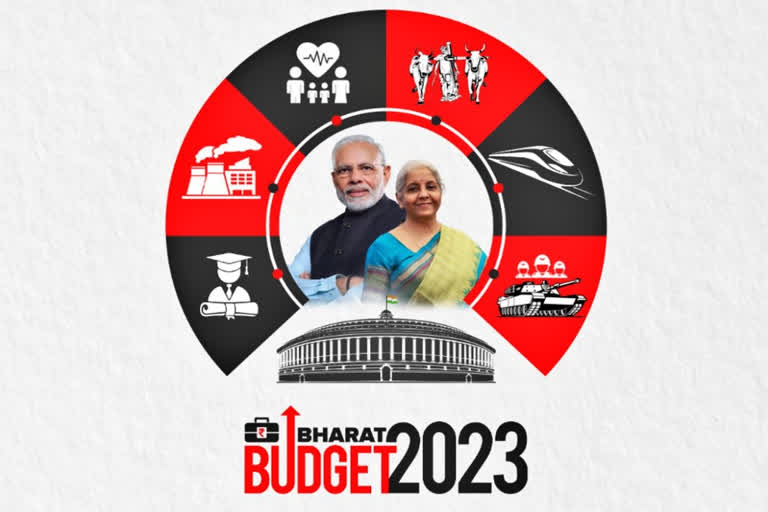Hyderabad: Finance Minister Nirmala Sitharaman will on February 1 present her fifth straight Union Budget when she presents financial statements and tax proposals for the fiscal year 2023-24 (April 2023 to March 2024). The budget comes at a time when the economy is slowing due to global headwinds and specific sectors need attention.
In the run-up to the Budget presentation, expectations are rife that the FM may tweak income-tax slabs to provide relief to the middle class and increase spending on the poor through programmes such as the rural job scheme while ramping up financial incentives for local manufacturing. But all this she has to do while staying on the course of the fiscal consolidation path.
Will the Budget bring a smile to the faces of people or will it be frowned upon is a question that will be answered in the first few days of February 2023. For now here is some trivia around Budget that helps readers understand the history and some milestones of this cardinal yearly exercise.
India's first budget:The Budget was first introduced in India on April 7, 1860, when Scottish economist and politician James Wilson from the East India Company presented it to the British Crown. Independent India's first budget was presented on November 26, 1947 by the then Finance Minister RK Shanmukham Chetty. The budget estimated total revenues at Rs 171.15 crore and a fiscal deficit at Rs.24.59 crore. Chetty, a lawyer, economist, industrialist, and politician, served as the President of India's Central Legislative Assembly from 1933 to 1935 before taking on the role of Finance Minister.
Longest and shortest budget speech:No guesses here as Nirmala Sitharaman holds the record for delivering the longest speech when she spoke for 2 hours and 42 minutes while presenting the Union Budget 2020-21 on February 1, 2020. With two pages still remaining, she had to cut short her speech as she felt unwell. She asked the Speaker to consider the remaining part of the speech as read.
During the course of this speech, she broke her own record of July 2019 - her maiden Budget - when she had spoken for 2 hours and 17 minutes. In 2021, she delivered her shortest Budget speech as she read from a tablet after making the Budget paperless for the first time. The speech lasted for 1 hour and 40 minutes wherein the Finance Minister read 10,500 words. In 2022, she spoke for 1 hour and 20 minutes. As for the shortest budget speech, 800 words was all that the then finance minister Hirubhai Mulljibhai Patel delivered in 1977.
Most words in budget speech:At 18,650 words, Manmohan Singh delivered the longest Budget speech in terms of words in 1991 under the Narasimha Rao government. In 2018, the then finance minister Arun Jaitley's speech with 18,604 words was the second longest in terms of word count. Jaitley spoke for 1 hour and 49 minutes.
Most number of Budgets:Former Prime Minister Moraraji Desai holds the record of presenting the most number of budgets in the history of the country. He had presented 10 budgets during his stint as finance minister during 1962-69, followed by P Chidambaram (9), Pranab Mukherjee (8), Yashwant Sinha (8) and Manmohan Singh (6).
Time:Until 1999, the Union Budget was presented at 5 pm on the last working day of February as per British-era practice. Former Finance Minister Yashwant Sinha in 1999 changed the budget presentation timing to 11 am. Arun Jaitley started presenting the Union Budget on February 1 in 2017, departing from the colonial-era tradition of using the last working day of that month. Following this tradition, the Union Budget 2023 presentation speech will be made before the Parliament on February 1 at 11 am. Reports said it is anticipated that Sitharaman would present the nation's annual accounting statement for two hours.
Language:Until 1955, the Union Budget was presented in English. However, the Congress-led government later decided to print the Budget papers in both Hindi and English.
